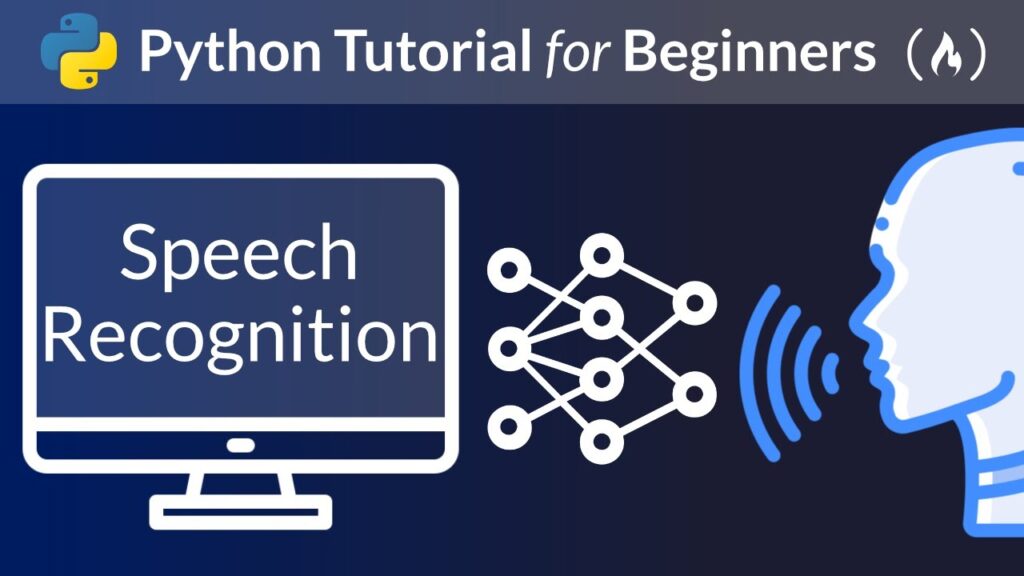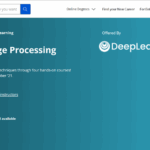Remember the first time you talked to your phone or smart speaker and it actually understood you? For me, it felt like a tiny piece of science fiction had just walked into my living room. I’d ask about the weather, play a song, or set a timer, and this unseen entity would just… do it. It was a kind of magic, really. But I’m always the curious type, the one who wants to peek behind the curtain and understand how the trick works. And that curiosity eventually led me to something truly fascinating: a Speech Recognition Course.
Before I started, my understanding of voice technology was pretty basic. I figured there were tiny elves inside my devices, frantically typing out my commands. Okay, maybe not elves, but it certainly felt like an impossibly complex feat. I saw voice assistants everywhere – in cars, on my computer, even in some smart home appliances – and I kept thinking, "How on earth do they make a machine understand all the nuances of human speech?" That question nagged at me until I decided to actively seek an answer.
The Spark: Why I Chose to Learn Speech Recognition
My motivation wasn’t purely academic. I saw the direction the world was heading. Voice interfaces weren’t just a novelty; they were becoming an integral part of how we interact with technology. From dictating emails to controlling complex systems with just our voice, the possibilities seemed endless. I also knew that understanding this field, especially something like natural language processing (NLP), could open doors to exciting new career paths.
So, I started looking for an online Speech Recognition Course that was beginner-friendly. I didn’t want to drown in highly technical jargon from day one. I needed something that would build my understanding from the ground up, explaining complex ideas in a way that someone new to the field could grasp. After a bit of searching, I found a course that promised just that – a journey from curious beginner to someone who could truly appreciate the mechanics of voice AI.
Stepping into the Unknown: My First Weeks
Walking into the first modules of the course felt a bit daunting, I won’t lie. Terms like "acoustic models," "phonemes," and "language models" were thrown around, and my brain initially felt like it was trying to unscramble a very complicated puzzle. But the storyteller in me loved how the instructors broke it down. They started with the very basics: how sound works.
Imagine your voice as a series of waves. When you speak, these waves travel through the air. The first step in speech recognition, I learned, is getting a computer to "hear" these waves. This involves converting those analog sound waves into digital data – essentially, turning those wavy lines into numbers a computer can understand. It’s like translating a beautiful painting into a set of coordinates, pixel by pixel. This initial process, called signal processing, was the fundamental building block. It was far more involved than just "recording" my voice; it was about carefully analyzing its characteristics.
The Building Blocks: How Computers "Hear" and "Understand"
One of the most eye-opening parts of the Speech Recognition Course was understanding the two main pillars: Acoustic Models and Language Models.
-
Acoustic Models: Think of these as the computer’s ear and brain for individual sounds. This part of the system is trained on vast amounts of spoken audio, often paired with its written transcription. It learns to associate specific sound patterns – like the "k" sound in "cat" or the "ah" sound in "father" – with their corresponding phonetic representations. It’s not just about recognizing whole words; it’s about breaking down speech into tiny, identifiable sound units (phonemes). The course showed me how these models learn to distinguish between different speakers, accents, and even background noise, which is a huge challenge! It’s like teaching a child to recognize the unique sound of each letter and syllable, no matter who says it.
-
Language Models: Once the computer "hears" a sequence of sounds, it needs to figure out what words those sounds represent, and more importantly, what those words mean in context. This is where language models come in. They predict the probability of a sequence of words appearing together. For example, if the acoustic model detects sounds that could be "recognize peach" or "recognize speech," the language model, knowing that "recognize speech" is a far more common and logical phrase, will lean towards that. It’s like filling in the blank in a sentence – you use context to guess the most likely word. This part of the course truly highlighted the power of natural language processing and how it helps computers make sense of our often messy and informal speech.
The course explained how these two models work in tandem. The acoustic model gives its best guess for the sounds, and the language model then refines that guess by applying its knowledge of grammar, vocabulary, and common phrases. This constant interplay is what makes modern speech recognition so remarkably accurate.
Tackling the Real-World Challenges
Of course, it’s not all smooth sailing. The course also delved into the significant challenges in developing robust speech recognition systems. Think about it:
- Accents and Dialects: My friend from Texas speaks differently than my cousin from London.
- Background Noise: Trying to dictate a message in a busy coffee shop is tough.
- Speech Speed and Clarity: Some people speak quickly, others mumble.
- Homophones: Words that sound the same but have different meanings (e.g., "to," "too," "two").
The instructors explained how developers use massive datasets, advanced machine learning algorithms, and continuous refinement to overcome these hurdles. It’s an ongoing process, and understanding the complexity made me appreciate my smart speaker even more when it got my obscure song request right!
My "Aha!" Moments and New Perspectives
There were several moments throughout the Speech Recognition Course where things just clicked. One was realizing the sheer volume of data required to train these systems. It’s not just a few hours of audio; it’s thousands upon thousands of hours, from diverse speakers, in various environments. Another "aha!" was understanding that speech recognition isn’t just about converting speech to text; it’s the gateway to true understanding, which is where NLP truly shines.
By the end of the course, I wasn’t just able to recite definitions; I had a fundamental grasp of the entire pipeline, from sound wave to meaningful command. I started looking at every voice-activated device differently. I understood the brilliance behind their design and the continuous effort that goes into making them better. I even began to think about potential applications I hadn’t considered before – not just voice assistants, but things like:
- Medical Transcription: Quickly and accurately documenting doctor-patient interactions.
- Accessibility Tools: Helping individuals with disabilities interact with technology more easily.
- Customer Service Automation: Intelligent voice bots that can genuinely understand and assist callers.
- Language Learning: Tools that can correct pronunciation in real-time.
What I Gained and Why You Should Consider It
Taking a Speech Recognition Course was more than just learning code or theory; it was about gaining a new perspective on the world around me. I developed a deeper appreciation for the intricate dance between linguistics, computer science, and engineering. I honed my problem-solving skills, learned about data analysis, and got a practical introduction to the exciting world of machine learning and artificial intelligence.
For anyone who’s ever wondered about the "magic" behind voice technology, or if you’re looking for a field with immense growth potential, I wholeheartedly recommend diving into a Speech Recognition Course. The demand for skilled professionals in areas like voice AI, NLP engineering, and speech technology development is only going to increase. Whether you’re aiming for a career in tech, want to build your own voice applications, or simply satisfy a deep curiosity, this field offers a wealth of opportunities.
It’s a journey that demystifies the incredibly complex process of teaching machines to understand us. It’s challenging, rewarding, and truly opens up a world of possibilities. So, if you’re ready to peek behind that curtain and understand how your voice, quite literally, could shape the future, then finding the right Speech Recognition Course might just be your next great adventure.


